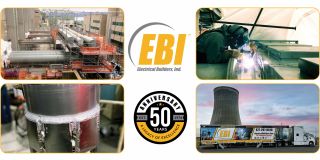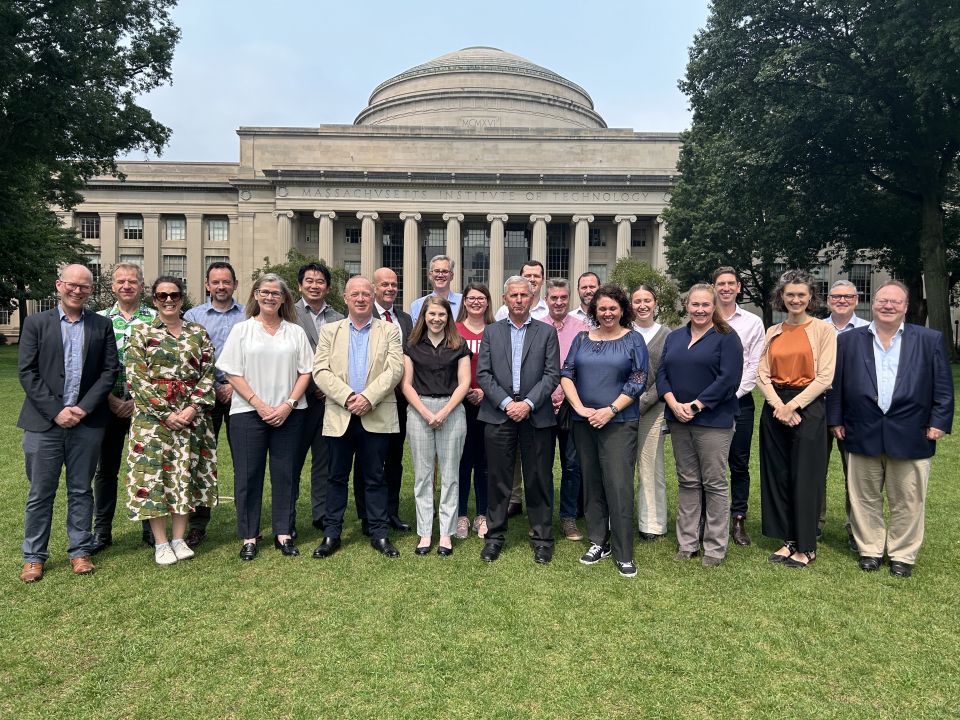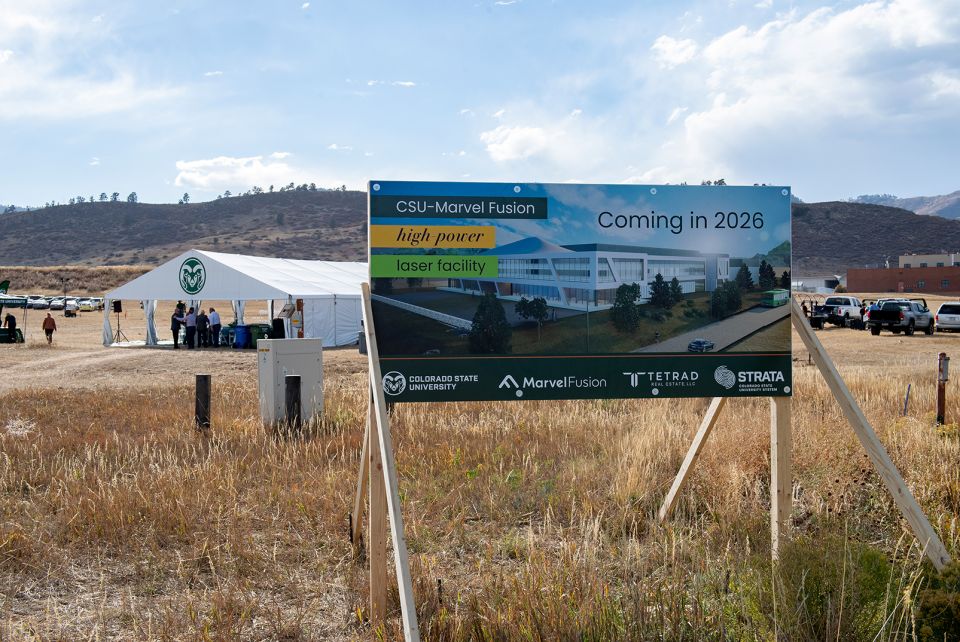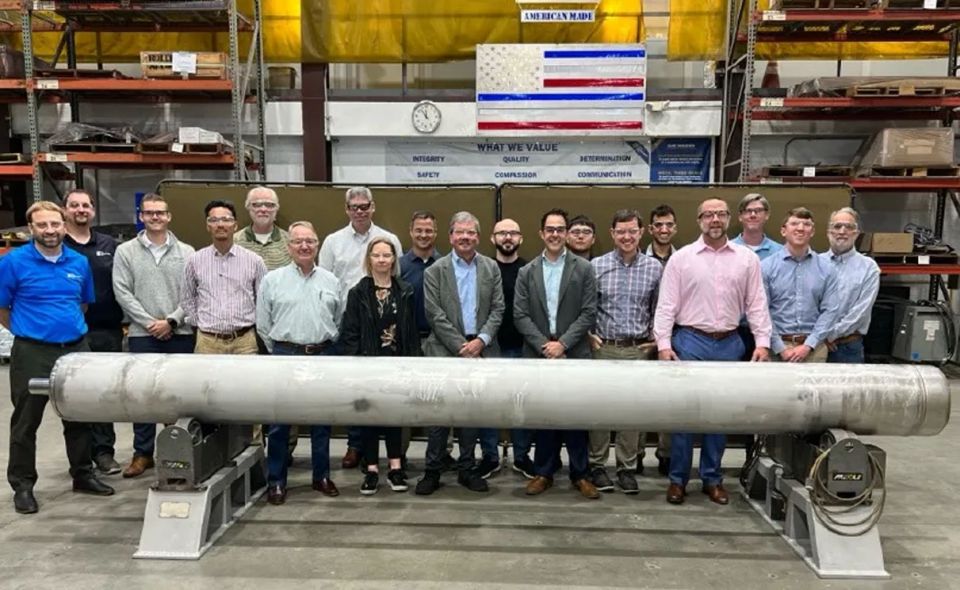Westinghouse said it is the first of the three developers to submit a preliminary safety design report (PSDR) to NRIC—a “major milestone” in the FEEED process.
Competitive FEEED: Westinghouse was one of three companies selected nearly one year ago to complete a FEEED process intended to support developers in design and planning for the fabrication, construction, and potential testing of fueled reactor experiments. The DOE announced last October that it was awarding a total of $3.9 million for the three projects.
“Completing the FEEED process marks a critical step to bringing the Westinghouse eVinci Microreactor to commercial operation,” said Jon Ball, president of eVinci technologies at Westinghouse. “We are targeting deployment of multiple eVinci microreactors across the world by the end of the decade, and the strong and continued partnership with NRIC, INL, and the Department of Energy is instrumental to our efforts.”
In addition to Westinghouse, Radiant Nuclear and Ultra Safe Nuclear are also on track to complete the FEEED process for their microreactor designs before the end of the year, the DOE said. Radiant is developing Kaleidos and Ultra Safe is developing Pylon; both designs are for transportable gas-cooled reactors. Westinghouse’s eVinci microreactor is the only one of the three that also received funding from the DOE’s Advanced Reactor Demonstration Program.
Next steps: The eVinci microreactor team will next develop an “end-to-end” timeline for its test program at INL, along with a preliminary documented safety analyses submission—the third of four DOE submissions required before the test reactor is installed in the DOME—Westinghouse said. According to NRIC, the company will now also start securing long-lead procurement items in preparation for the test at DOME.
Westinghouse sees potential for eVinci in applications ranging from powering remote communities to mining operations and data centers. Last year, Westinghouse announced an agreement to locate its first eVinci microreactor in Saskatchewan, Canada.
DOME: DOME—Demonstration of Microreactor Experiments—repurposes the Experimental Breeder Reactor-II containment structure at INL to lessen the environmental footprint, costs, and project risks for reactor development testing. NRIC is currently renovating the structure, according to the DOE.
NRIC is also developing the Laboratory for Operation and Testing in the U.S. (LOTUS) test bed, which will host smaller reactor experiments to support the development of advanced reactors.
eVinci, Kaleidos, and Pylon aren’t the only microreactors slated for testing at INL. Also planned are Project Pele’s demonstration of a transportable BWX Technologies–designed microreactor for military purposes, Oklo’s first Aurora plant, and INL’s own MARVEL.











